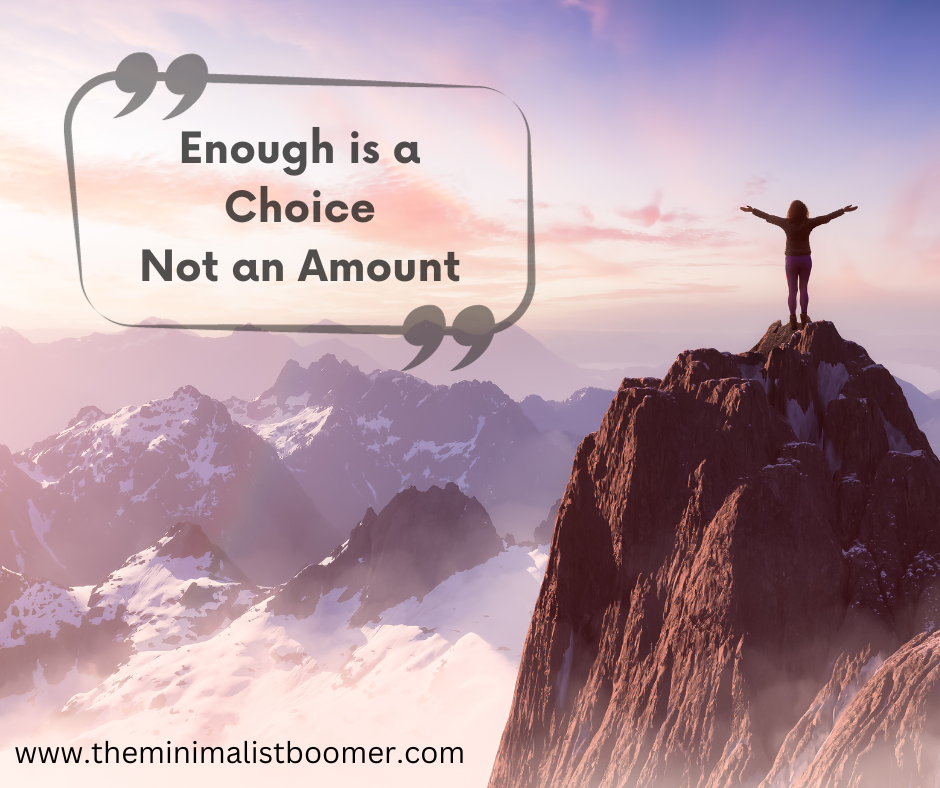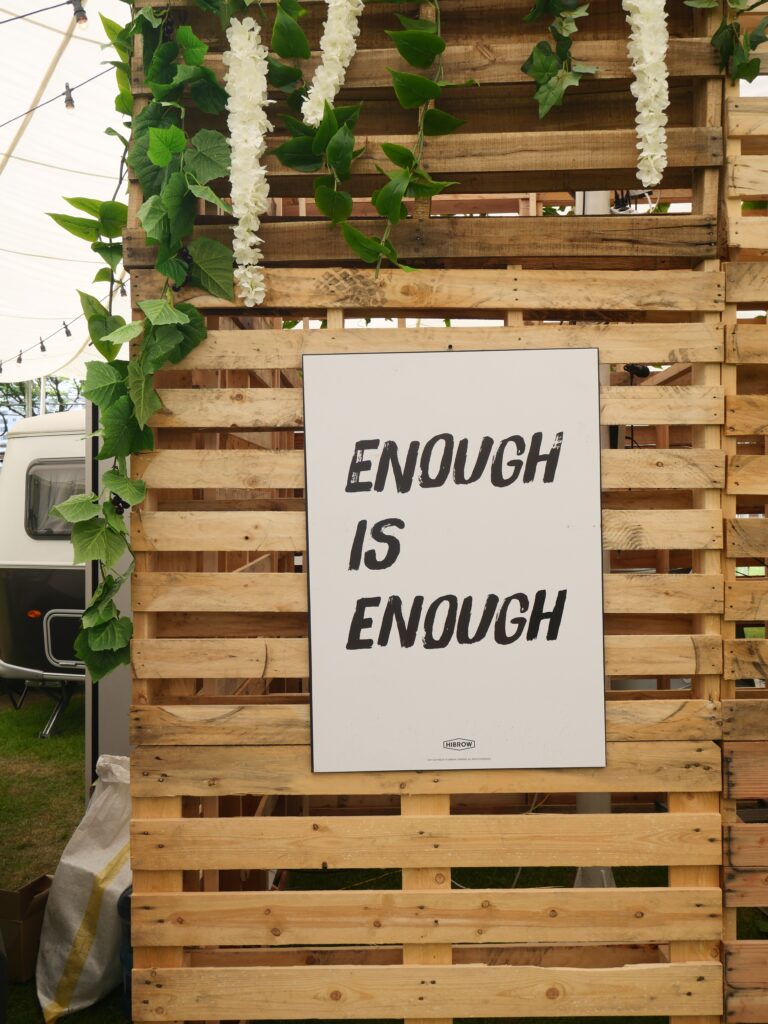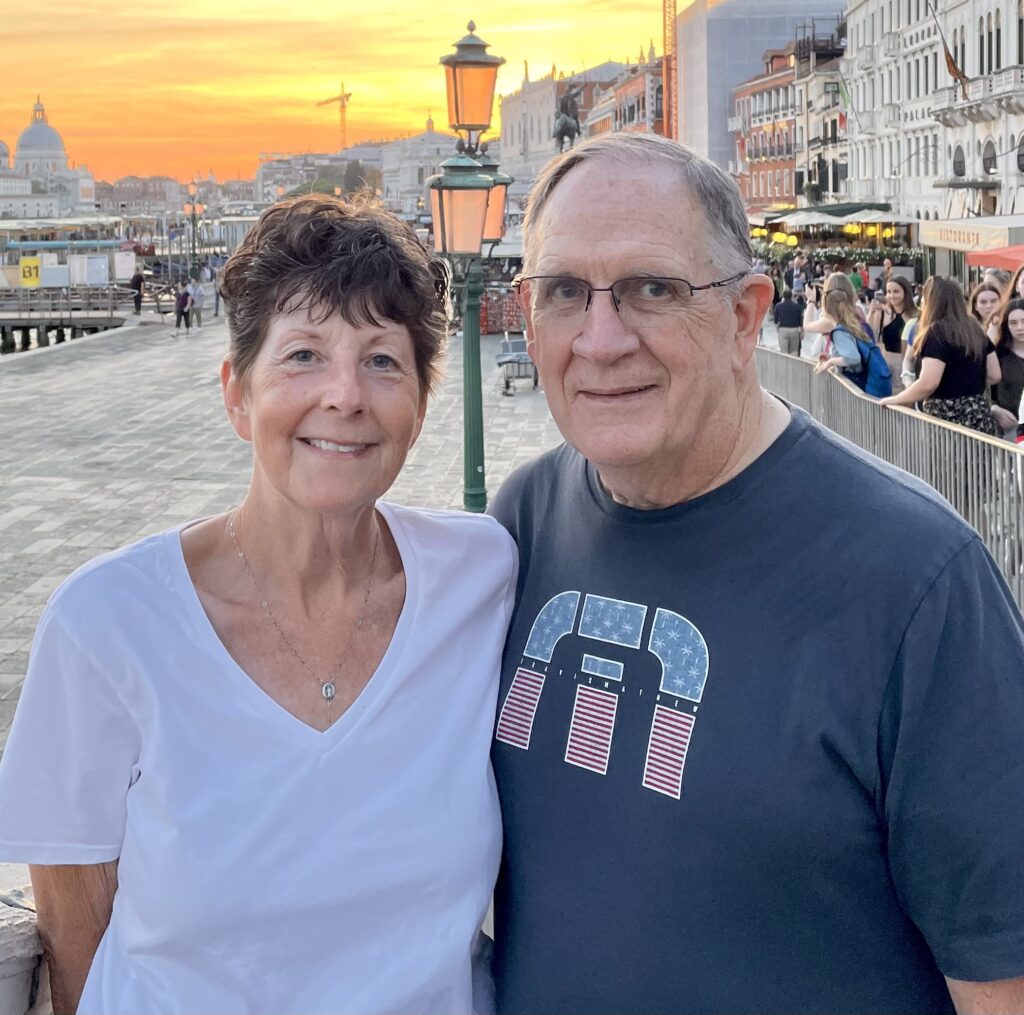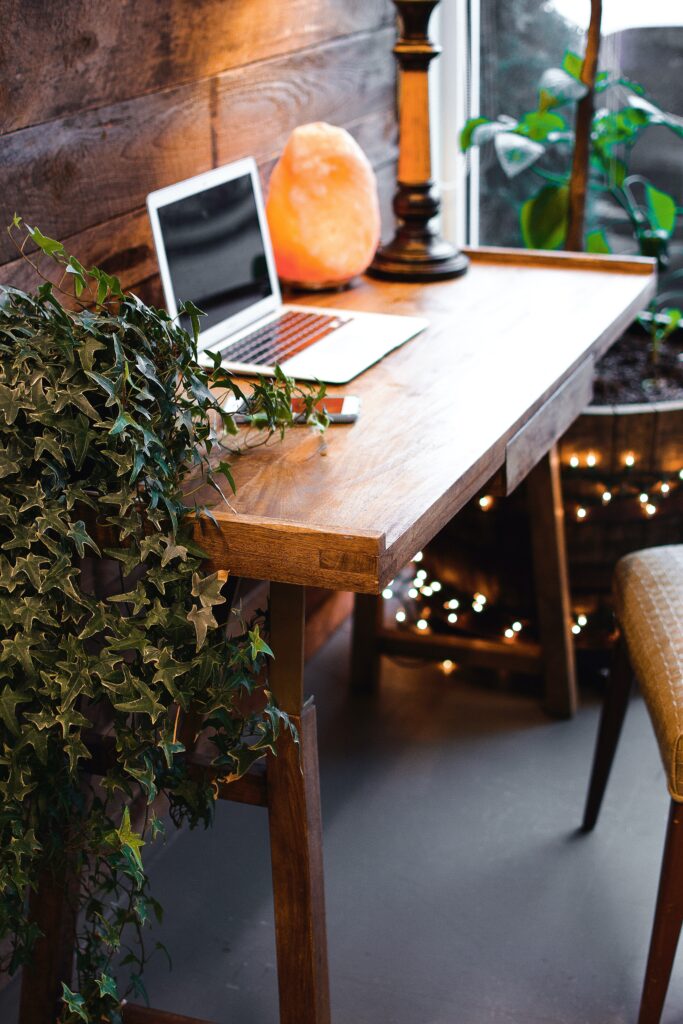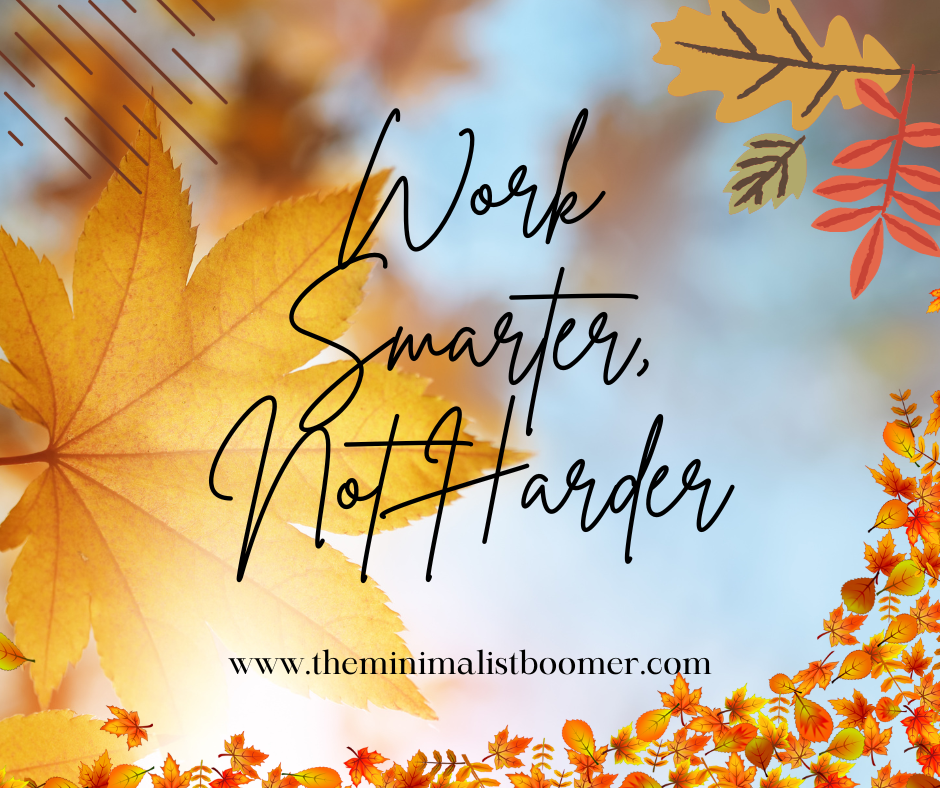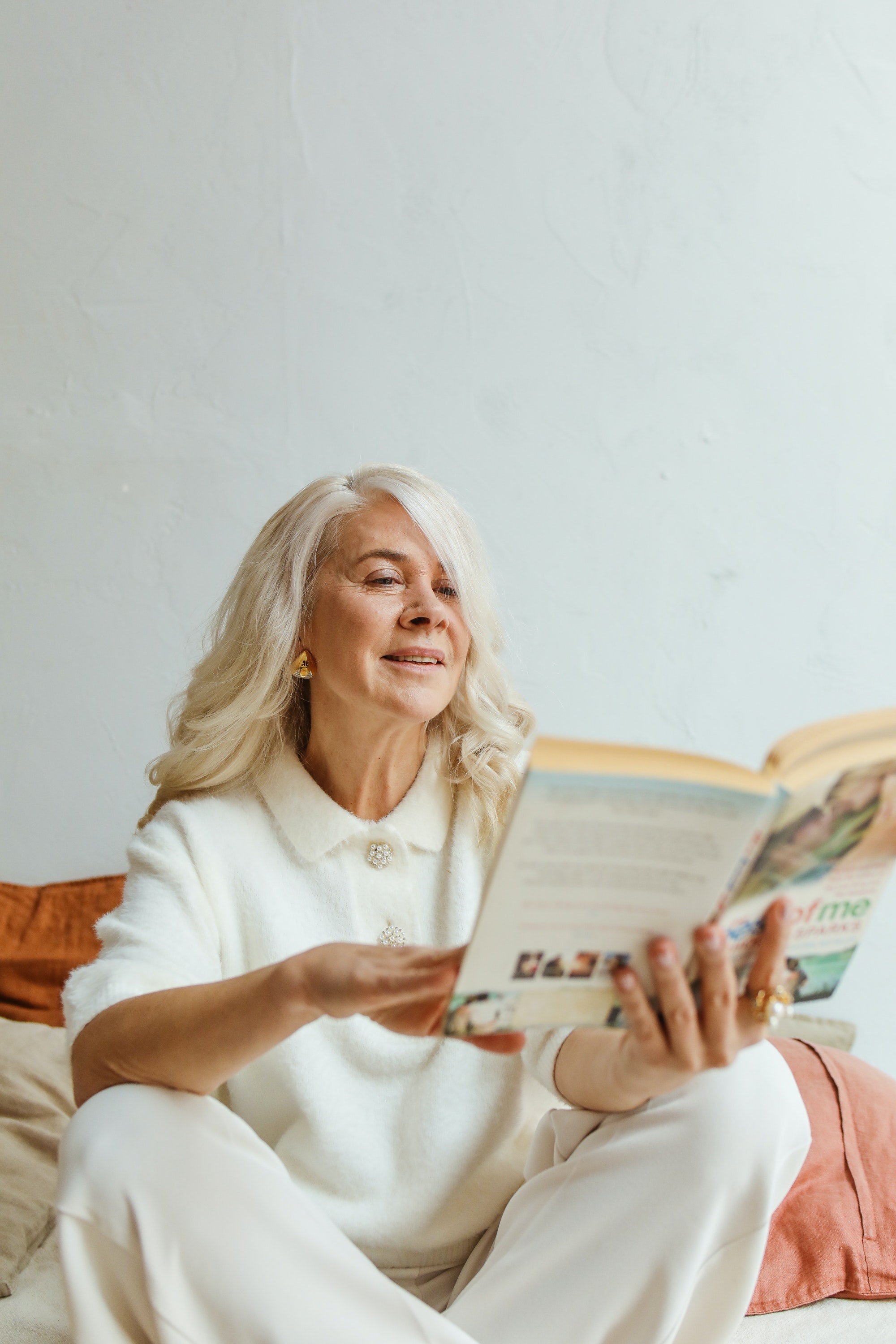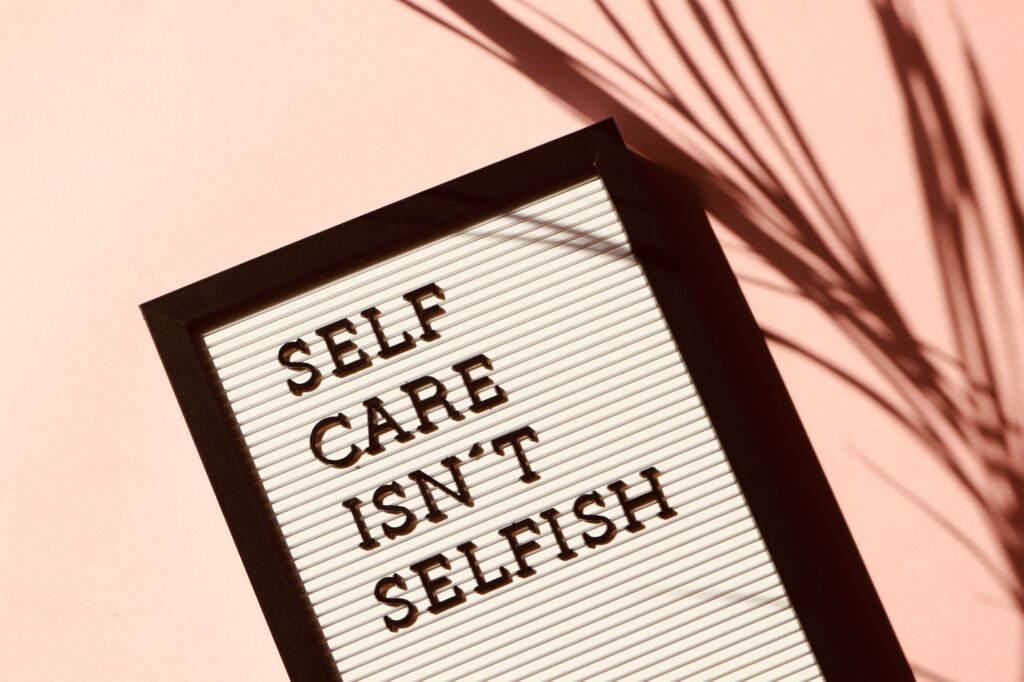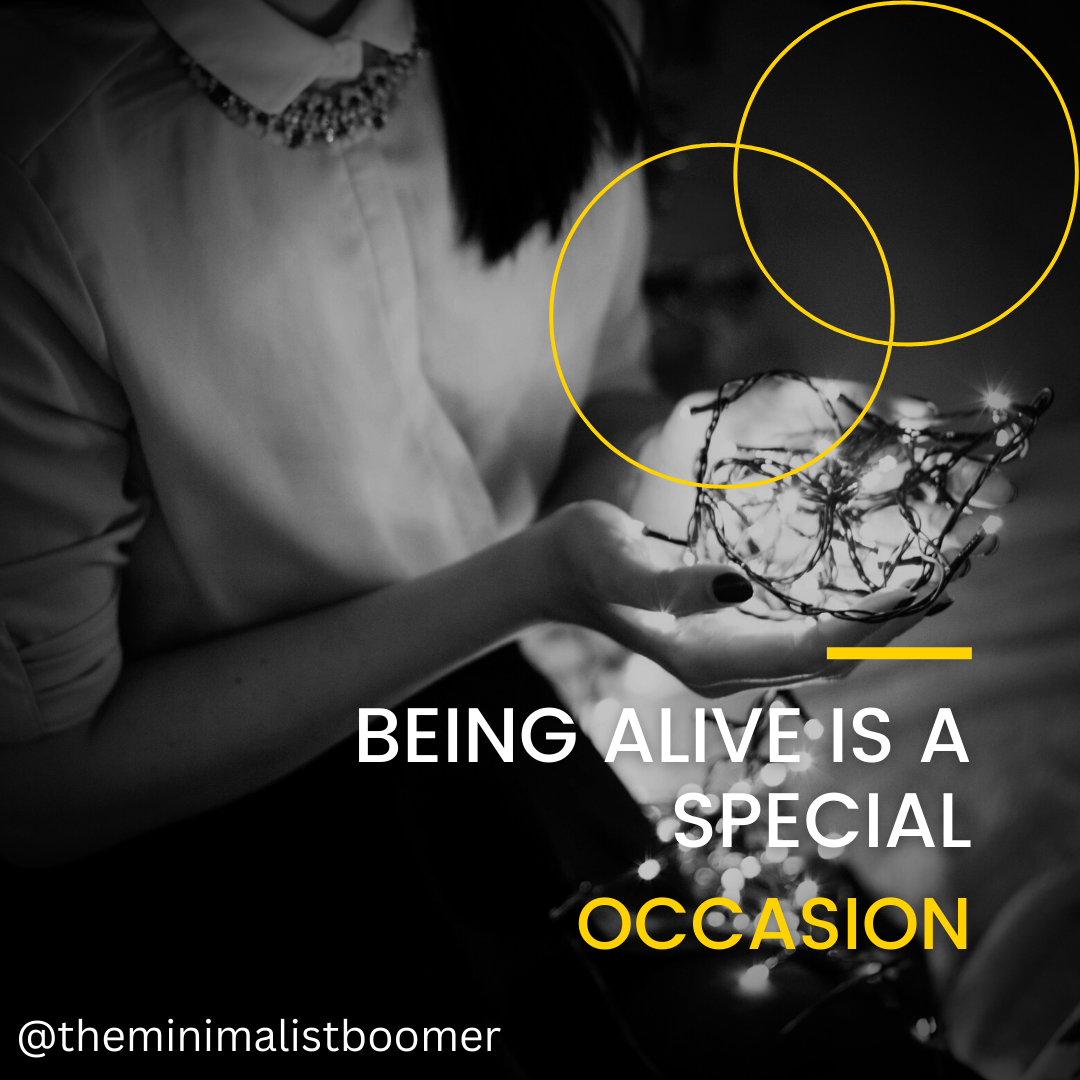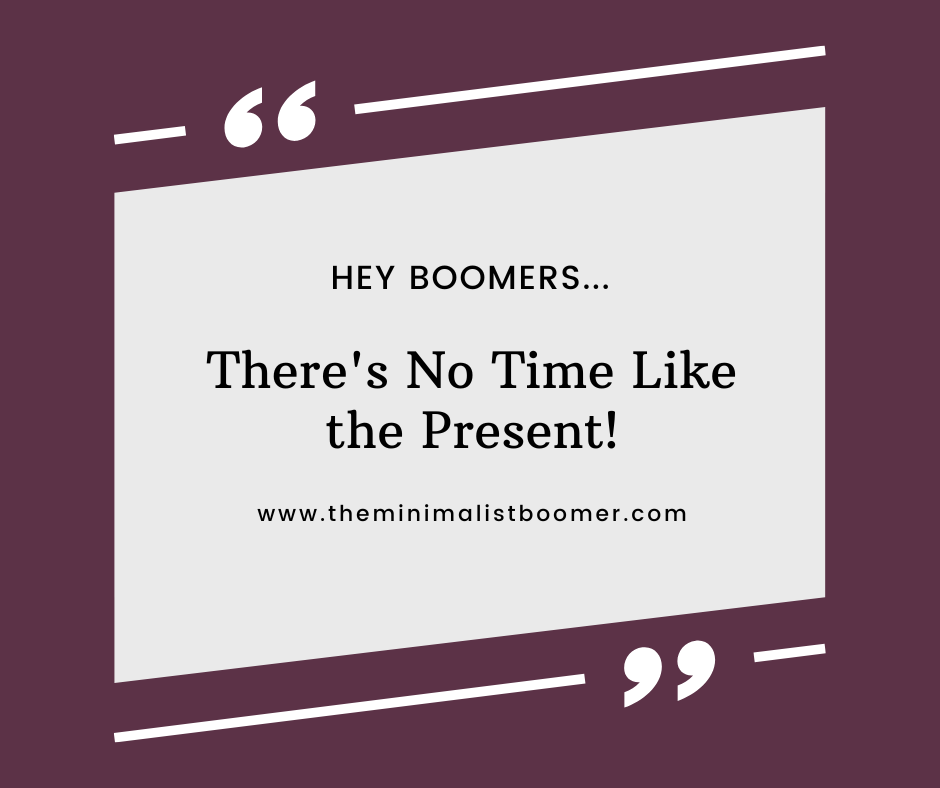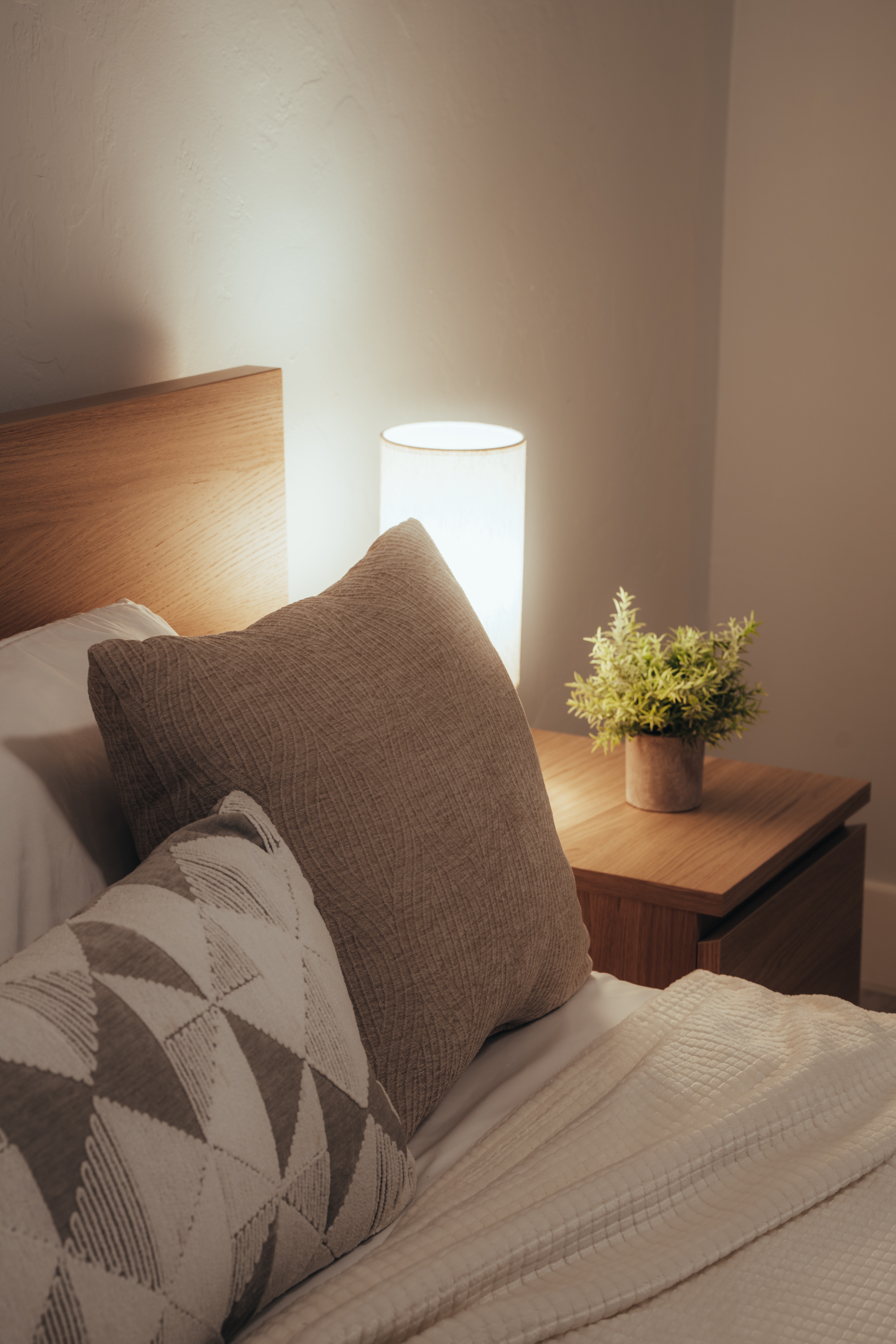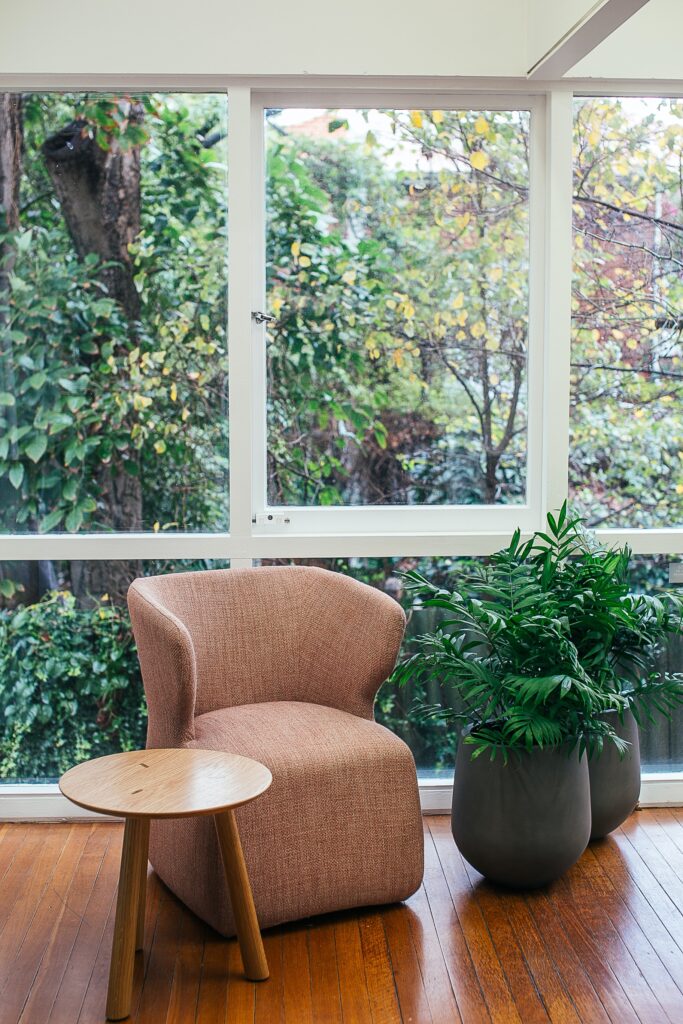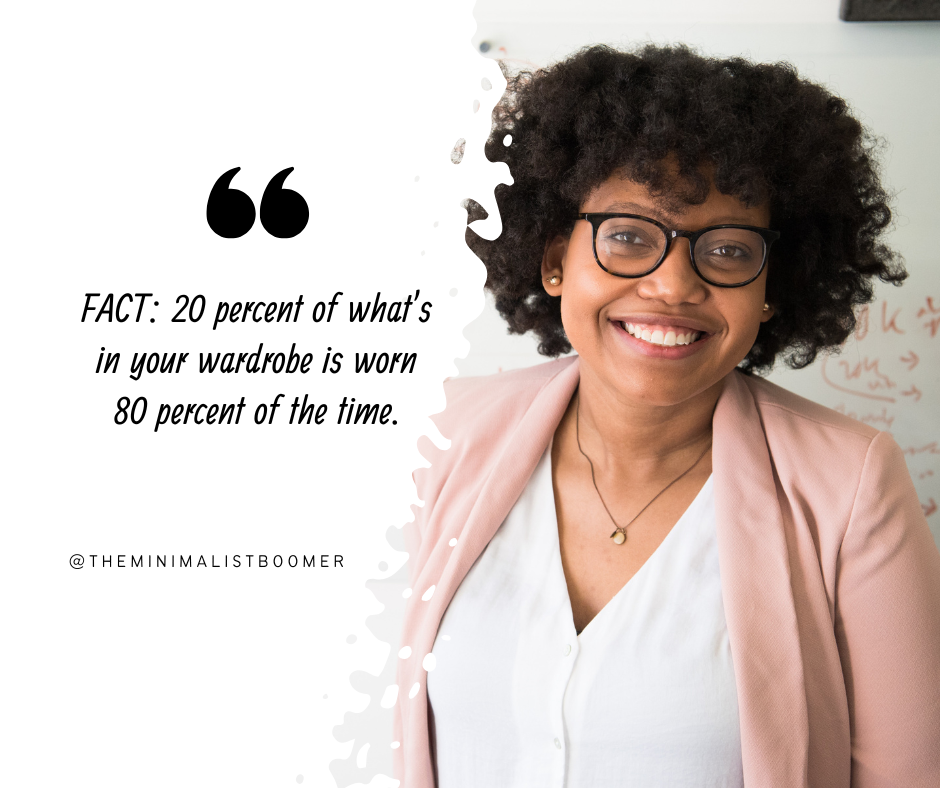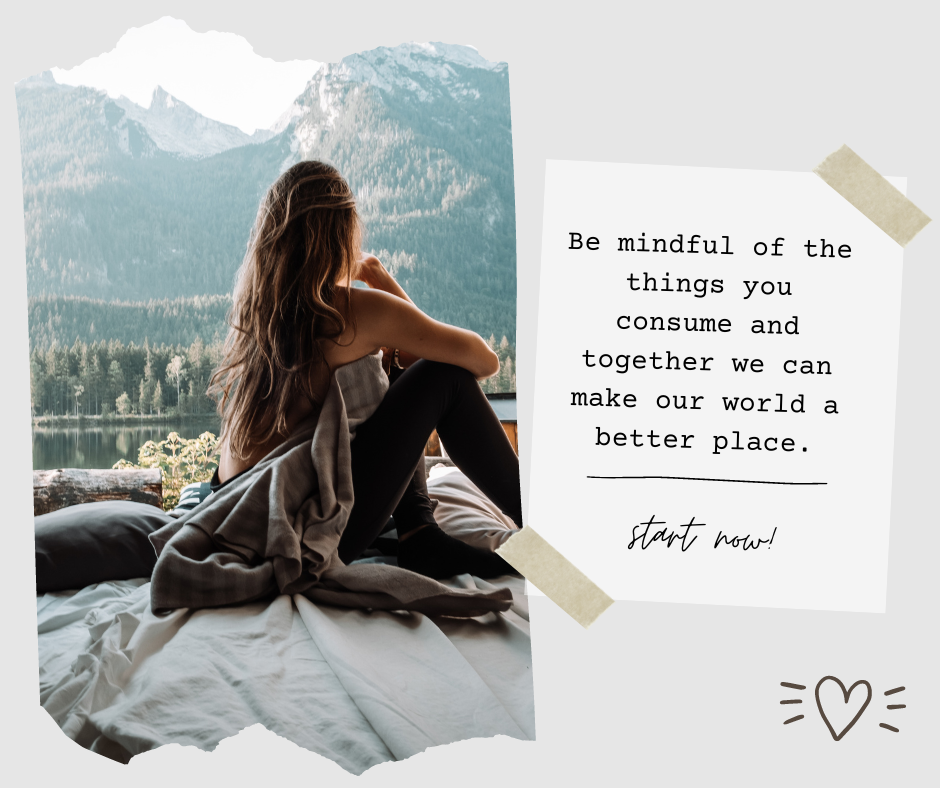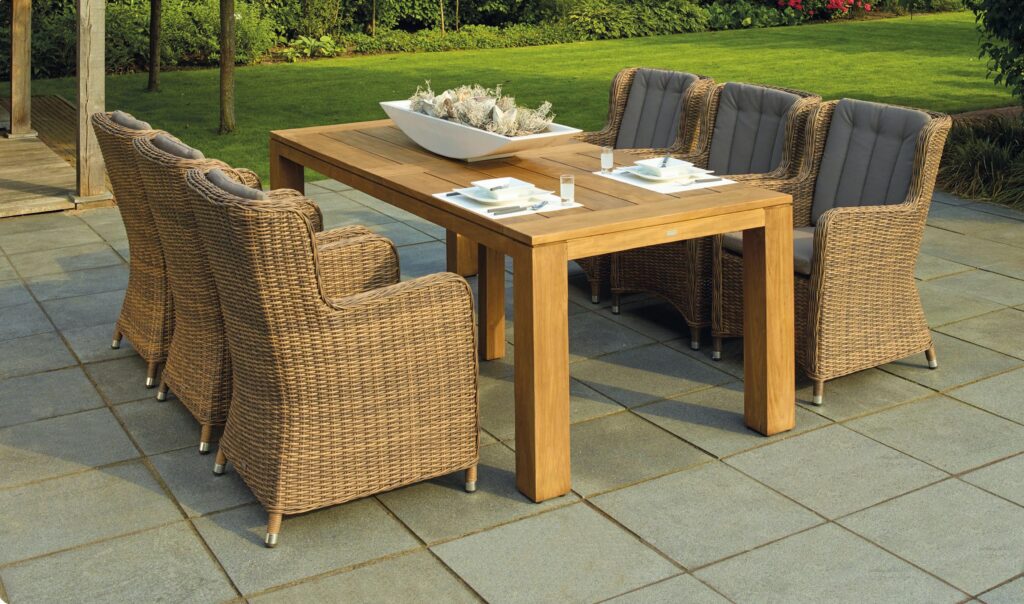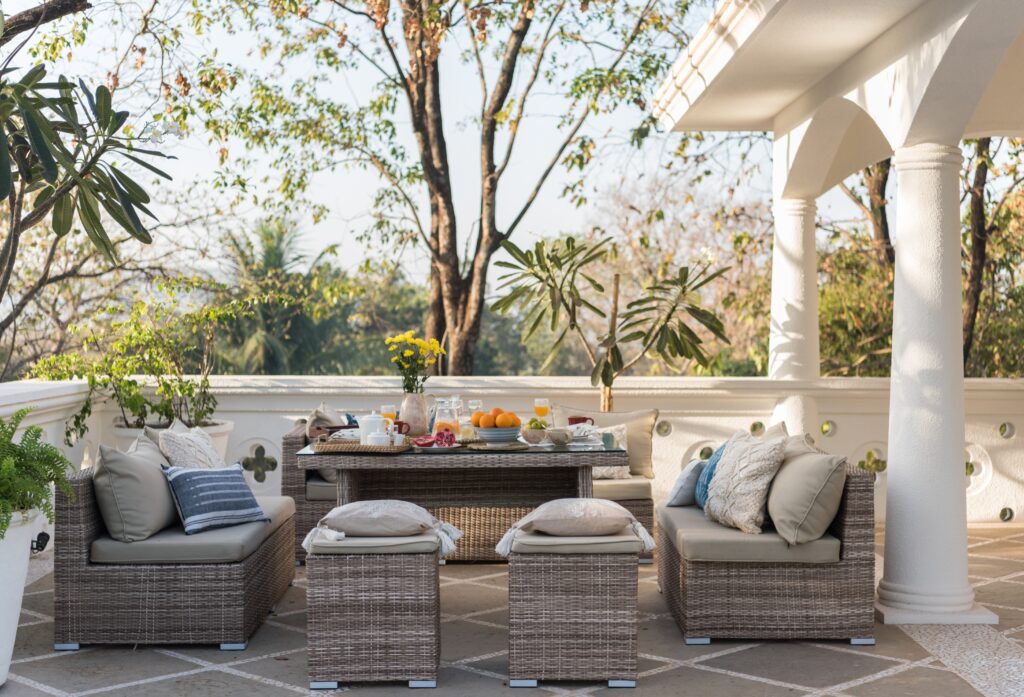Visiting Italy as a minimalist can be a life-changing experience. From carefully selecting the essentials in your suitcase to embracing a life of simplicity while exploring the enchanting streets of Florence, walking along the canals in Venice, or sipping espresso in Rome, this minimalist’s trip to Italy was a journey of intentional living. In today’s piece, we will review the art of packing light, navigating through stunning Italian cities with ease, and immersing ourselves in the local culture. So, grab your passport, secure your TSA Precheck and Global Entry status, and join us on this adventure where less truly becomes more.
Planning for a Minimalist Trip to Italy
When it comes to planning a minimalist trip to Italy, there are a few key aspects to consider. From researching the best time to visit, choosing the right accommodation, to creating an itinerary, strategic planning can help you make the most out of your minimalist adventure.

Researching the Best Time to Visit
Before embarking on your minimalist trip to Italy, it’s crucial to research and determine the best time to visit. The weather, tourist crowds, and overall ambiance of the country can vary depending on the season. Consider these factors when making your decision:
- Weather: Italy experiences a Mediterranean climate, with hot summers and mild winters. If you prefer pleasant temperatures, plan your trip during the spring or fall when the weather is typically mild and comfortable. We originally planned to go in May but had to change our plans and went in September-October. This turned out to be a huge blessing! May 2023 was very hot and crowded in Italy. The weather we experienced was beautiful. Temperatures were in the 70’s-low 80’s and we didn’t have any rain in the three weeks we were traveling.
- Crowds: Italy is a popular tourist destination, especially during the summer months. If you want to avoid large crowds and long lines, consider visiting during the off-peak months.
- Festivals and Events: Research and find out if there are any festivals or special events happening during your desired travel period. Experiencing local traditions and celebrations can add another layer of depth to your minimalist trip. This can really make your trip special. We stumbled upon so many local activities that were so special, including three weddings and a funeral! It’s truly amazing to walk around a corner and see a wedding party lining up outside the church. The only time we were able to hear one of the beautiful organs being played in a church was when a young man was warming up to play for a funeral. You just never know what you may stumble upon when your mindset is to just go out and explore.
Choosing the Right Accommodations

As a minimalist traveler, finding the right accommodations is essential to enhance your overall experience. Consider these options to align your lodging choice with your values:
- Boutique Hotels: Look for small, locally owned hotels that offer personalized service and a unique atmosphere. These establishments often prioritize simplicity and offer a cozy, unique experience. We stayed in a local, very charming, yet quirky hotel in Venice. It was awesome. It was not minimalistic in any way, but it certainly had it’s own special personality.
- Vacation Rentals: Opting for a vacation rental, such as an apartment or house, gives you the opportunity to experience Italy like a local. It also allows you to have more control over your living environment and reduces the need for excess amenities. We did this in Florence, and it was a great experience.
- Seek out Your Favorite Hotels: If you travel a lot and are members of a rewards program or have a certain standard of hotel living, stay in places you know you will enjoy. One thing that was important to us was to be able to have the hotel send out our laundry for cleaning with same day service. Remember, we packed clothing for about 5 days’ worth of wear and intended to have our clothes laundered as we traveled between cities. We did this in Rome. We do enjoy the NH Collection of hotels. You know what to expect and they provide outstanding, personalized services to meet your needs.
Creating an Itinerary
Designing a well-thought-out itinerary can help you make the most of your minimalist trip to Italy without feeling overwhelmed. I was so happy I had my detailed itinerary when the need arose to change all of our plans from May to September-October! I don’t know what I would have done without it. And let me say, everyone we had plans with allowed us to change our dates and they applied all of the prepaid credit forward to the new travel dates.
- Prioritize Your Key Destinations: Instead of trying to cover every city or region, focus on a few key destinations that resonate with your interests. This approach allows you to dive deeper into the local culture and create more meaningful experiences.
- Slow Travel: Embrace the concept of slow travel by staying in each destination for a longer duration. Instead of rushing through multiple locations, take the time to savor the unique characteristics of each place you visit.
- Leave Room for Spontaneity: While it’s important to have a general plan, leave some flexibility in your itinerary. This will allow you to discover hidden gems, stumble upon unexpected experiences, and fully immerse yourself in the Italian way of life. We booked two or three organized private or small group (always skipping the line) tours in each city. We wanted to ensure that we had an experienced guide to lead us through the places we really wanted to see and learn more about. The rest of the time, we just did our own thing. And by doing so, we discovered some of the most beautiful experiences of the entire trip.

Packing Light and Efficiently
When embarking on a minimalist trip to Italy, packing light and efficiently becomes essential. Streamlining your travel wardrobe and accessories can greatly enhance your overall experience, allowing you to fully immerse yourself in the beauty of this captivating country. Let’s explore the key elements of packing light and efficiently, including essential clothing items, versatile accessories, and the convenience of hotels providing toiletries.
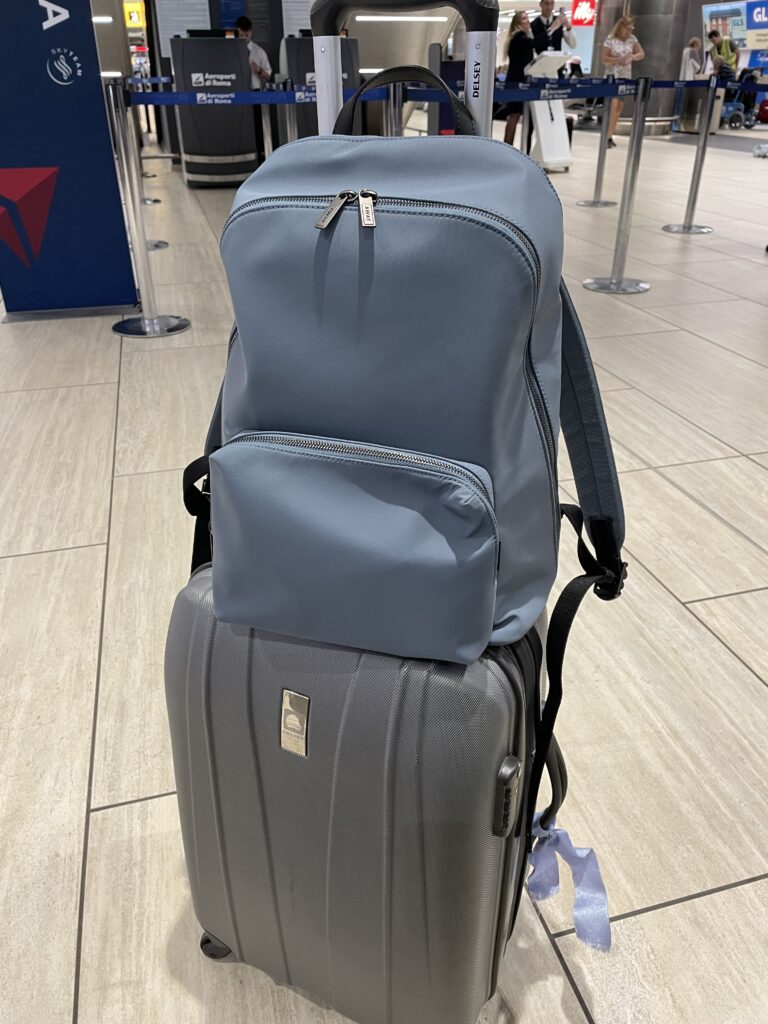
Essential Clothing Items
When it comes to packing light for your minimalist trip to Italy, selecting essential clothing items is crucial. Select versatile pieces that can be easily mixed and matched to create multiple outfits. Here are a few key items to include in your travel wardrobe. Here is what I packed for our three-week trip. Keep in mind that the weather was perfect for t-shirts & shorts!
- T-shirts: Five shirts in neutral colors like black, navy, white, or gray. These can be paired with various bottoms and layered for different looks.
- Comfortable walking shorts & pants (5): I wore jeans on the plane, and I packed one pair of pants that can be dressed up or down, depending on the occasion and three pairs of walking shorts. The only time I wore the long pants were on the days we toured churches and went to church for mass. They have a strict dress code in Italy about having your knees and shoulders covered while inside of the church and it is enforced so you don’t want to be caught off guard.
- Undergarments: Pack enough for five days.
- Versatile outerwear: I wore a lightweight sweater/sweat jacket on the plane that can be easily layered to adapt to different weather conditions, and I packed one long-sleeve denim shirt to wear over a t-shirt if needed. I only wore it twice and didn’t actually need it.
- Shoes: I wore comfortable walking shoes the entire trip. I packed a pair of sandals too, and I never wore them. Did I say you need to wear comfortable shoes! We walked several miles every day…you must have comfortable shoes.
- Money: Have your local bank secure some Euro for you before you leave. We took €1,000 with us. It’s easy to use the ATM machines in Italy as well. We used a debit machine twice and there is a nominal fee for overseas transactions, so be sure to check with your bank before you leave the US. You don’t need your US money in Italy. Banks don’t want to exchange it and honestly, those money exchange vendors charge a ridiculous amount of money to exchange it. So, plan ahead and communicate with your bank, letting them know you’re traveling out of the country.

By selecting versatile clothing items, you can create a variety of outfits while keeping your luggage to a minimum. We each had just a carry-on piece of luggage, with good wheels, and I used a small backpack (https://www.awaytravel.com/travel-bags/everywhere-zip-backpack?color=coast_nylon) to carry our passports, money, Kindle readers, etc. We left all of our jewelry at home.
Important Accessories
Let’s talk about technology. Be sure to have European plugs (https://tessan.com/products/tessan-international-power-plug-adapter-with-3-usb-ports) with enough USB ports to support your needs. Dave and I each have one plug with the ability to support three USB cords. This allowed us to charge three devices each, which was plenty for us. Carry charging cords with you when you travel from city to city. Trains and buses have USB ports available for charging as you travel.
For some reason, our phones (Apple phones with AT&T service) required more charging than normal. Of course, I was taking photos constantly and texting them to friends and family, as well as sharing them on social media. But when you’re abroad, your phone is constantly looking for ways to keep you connected and it drains the battery. If you use a Kindle reader, you’ll need to plan to charge it regularly as well. Also, download several good books to read before you leave for your trip.
Hotels Provide the Toiletries
One of the perks of traveling to Italy is that the hotels provide essential toiletries. Rather than lugging around bulky bottles and tubes, take advantage of the amenities offered by your accommodations. Most hotels supply robes & slippers, shampoo, conditioner, body wash, lotion, shaving kits, and even toothpaste, toothbrushes and hairdryers — all conveniently available in your room. This allows you to save space in your luggage and eliminates the hassle of complying with strict airport regulations regarding liquids.
Make sure to confirm with your hotel beforehand to ensure they provide toiletries, enabling you to pack lighter and focus on enjoying your Italian adventure.
Transportation Tips for a Minimalist Traveler
Traveling to Italy as a minimalist can be an exciting and fulfilling experience. By taking advantage of public transportation, you can not only save money but also get a feel for how the locals travel.

Opting for Public Transportation
One of the best ways to navigate through Italy is by utilizing public transportation. Italy’s extensive network of trains, buses, and trams makes it easy to get around without the need for a private car. Public transportation not only saves you from the hassle of finding parking but also allows you to immerse yourself in the local culture. Trust me, the last thing you want to do is to try to drive in Italy! Especially in Rome…it’s CRAZY. They literally just “abandon” their cars on the streets, sidewalks, ally ways. I’ve never seen anything like it!

When using public transportation, consider purchasing a multi-day pass or a rechargeable card, such as the Rome Pass. These options often provide unlimited travel within a specific timeframe, allowing you to explore various attractions without worrying about individual ticket costs.
Exploring Italy on Foot
If you really want to experience the essence of Italy as a minimalist traveler, consider exploring the country on foot. Italy is known for its picturesque streets, charming neighborhoods, and stunning landscapes. Walking not only allows you to savor the beauty of your surroundings but also provides a deeper connection with the local culture. This is how we traveled 90% of the time. Every morning, we got up and just took off walking in a different direction! It was so satisfying.

From wandering through the narrow alleys of Florence to strolling along the Venice canals, there are countless opportunities to explore Italy on foot. Make sure to pack comfortable walking shoes (did I mention this?) and a city map to guide you on your adventures. We also used our phone GPS to find our way back to the hotel on occasion!
You’ll not only save money on transportation but also discover hidden gems that are often overlooked by tourists.
Take a Taxi to New Places… Then Walk Back
While public transportation and walking are excellent options for getting around Italy, sometimes you may find yourself in need of a quicker or more convenient mode of transportation. In these cases, consider taking a taxi to your destination and then opt to walk back to your accommodation.
Taking a taxi to new places allows you to save time and energy, especially when visiting attractions that are located on the outskirts of a city and you need to be there at a specific time.
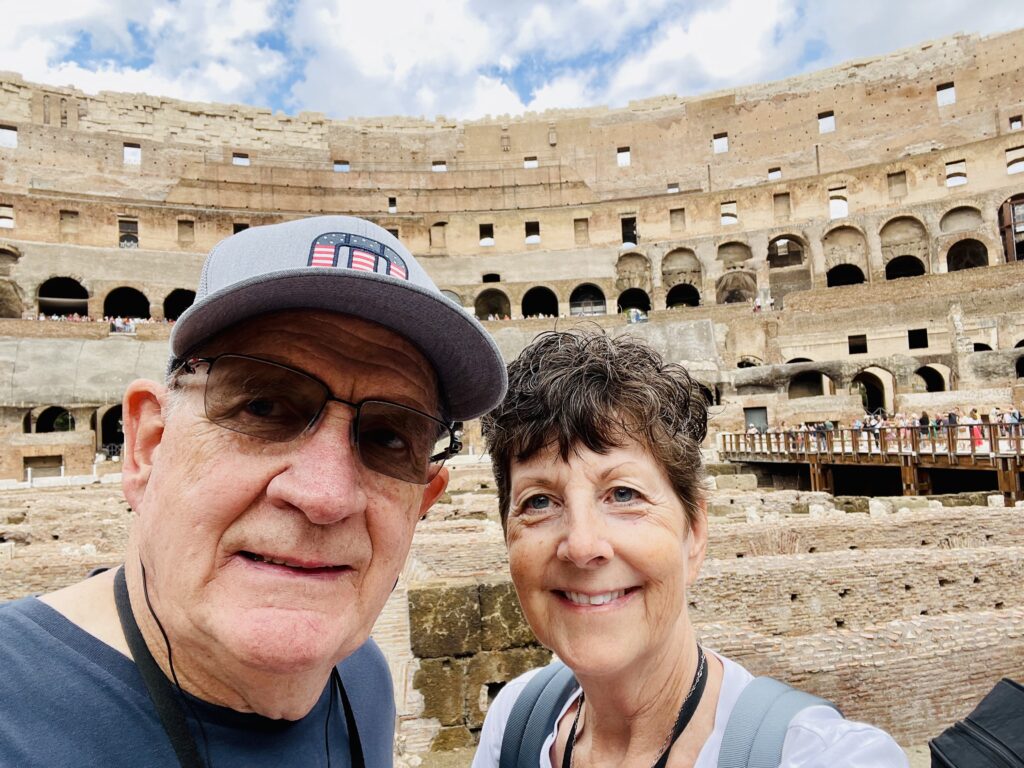
By walking back, you can enjoy a leisurely stroll, take in the sights, and fully immerse yourself in the local atmosphere. This approach not only allows you to maintain a minimalist travel mindset but also gives you the opportunity to explore different parts of the city at your own pace.
By embracing public transportation, exploring on foot, and strategically utilizing taxis, you can navigate Italy as a minimalist traveler with ease. These transportation tips not only align with minimalist principles but also enhance your overall travel experience. So go ahead, pack light, and embark on an unforgettable minimalist journey through Italy.
Embracing the Minimalist Lifestyle in Italy
Italy, with its rich history, stunning landscapes, and culinary delights, is an ideal destination for those seeking to embrace the minimalist lifestyle. Slow travel, engaging in local culture and cuisine, and avoiding tourist traps are the key elements that allow minimalists to truly immerse themselves in the beauty of Italy.

Experiencing Slow Travel
Slow travel is the essence of the minimalist lifestyle, encouraging a deeper connection with the destination and a mindful exploration of its hidden treasures. In Italy, this means taking the time to savor each moment, immersing yourself in the local way of life, and exploring the off-the-beaten-path destinations. These were our favorite parts of the trip.

Rather than rushing from one tourist attraction to another, embrace the concept of slow travel by wandering through charming Italian villages, strolling along cobblestone streets, and sipping espresso at local cafes. This unhurried pace allows you to appreciate the little details and soak in the authentic Italian atmosphere.
Engaging in Local Culture and Cuisine
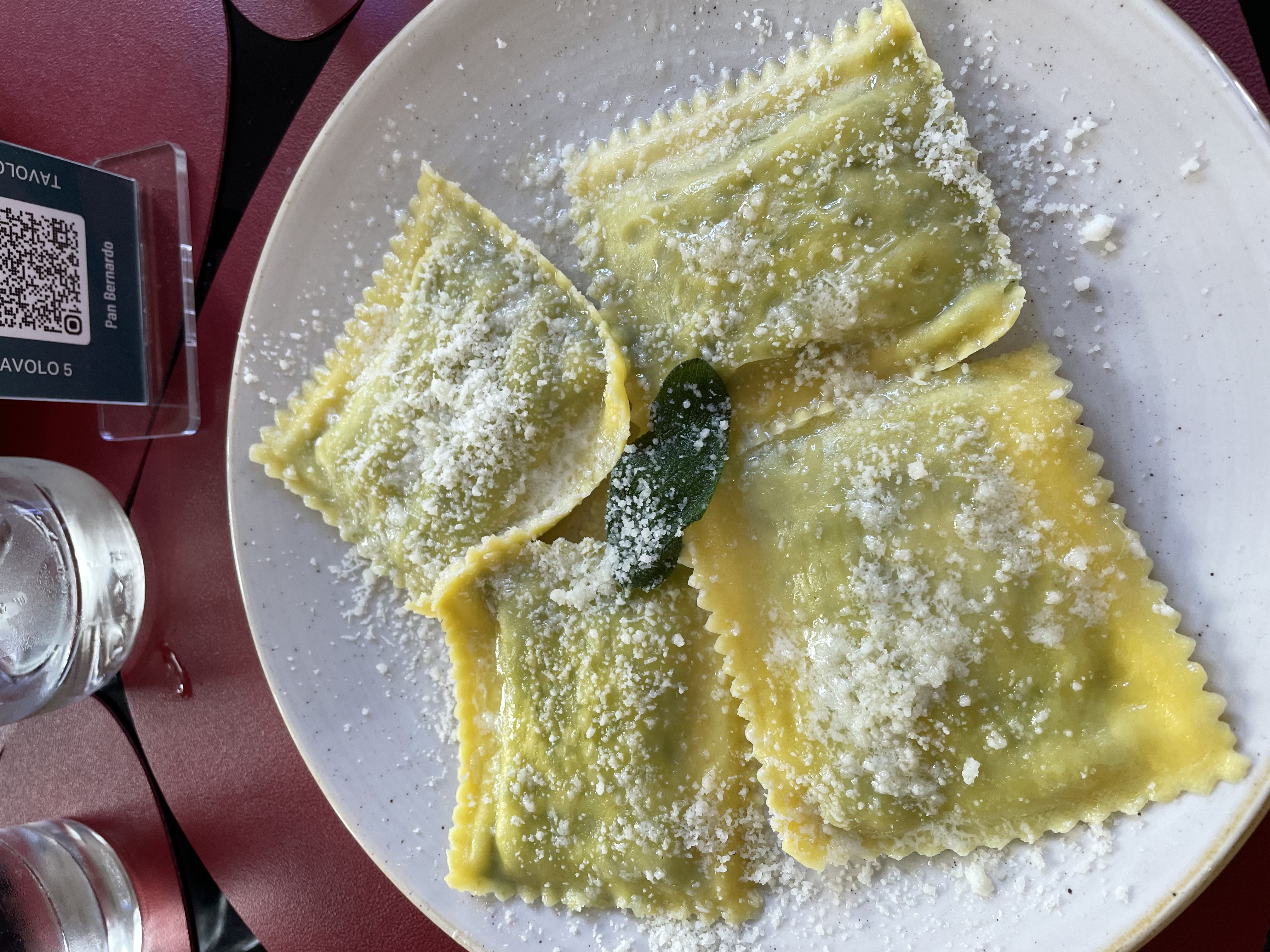
One of the greatest joys of visiting Italy is the opportunity to fully engage in the local culture and cuisine. Instead of dining at fancy restaurants or following popular tourist itineraries, opt for experiencing the true flavors of Italy by exploring local markets and sidewalk cafes.
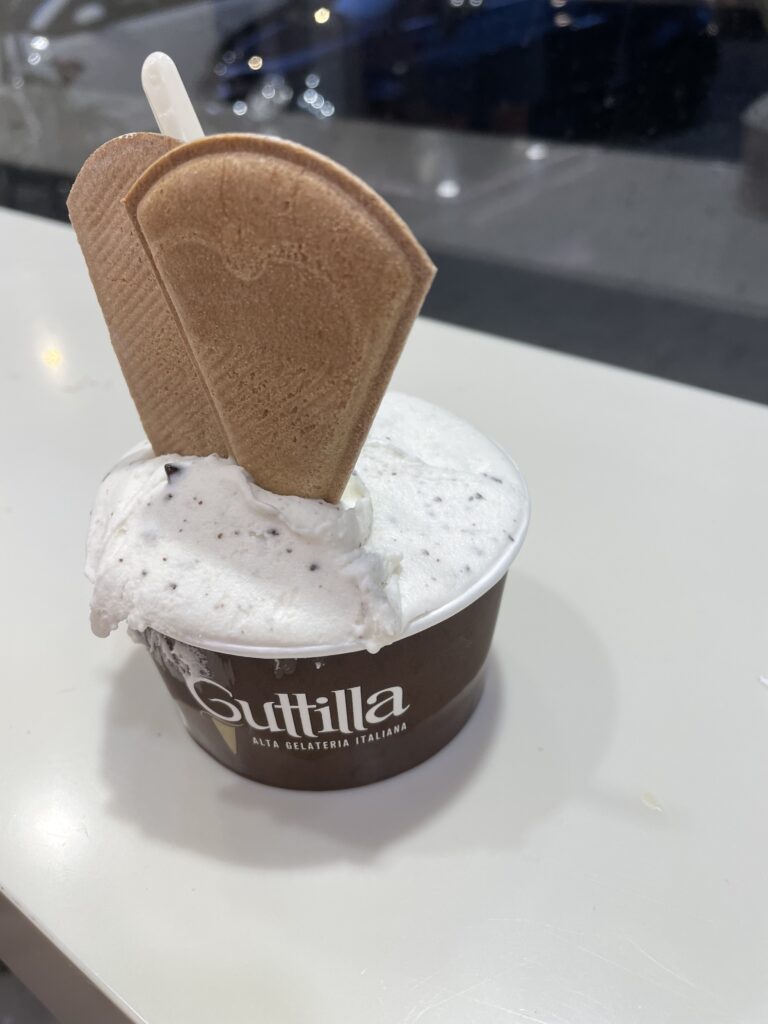
Immerse yourself in the culinary traditions of each region, indulging in fresh pasta, artisanal cheeses, exquisite pastries, and the local gelato. If you’re really a “Foodie,” take part in cooking classes or food tours to learn the secrets of Italian cuisine from the locals themselves. By embracing the local culture and cuisine, you not only support the community but also create more meaningful and authentic travel experiences.
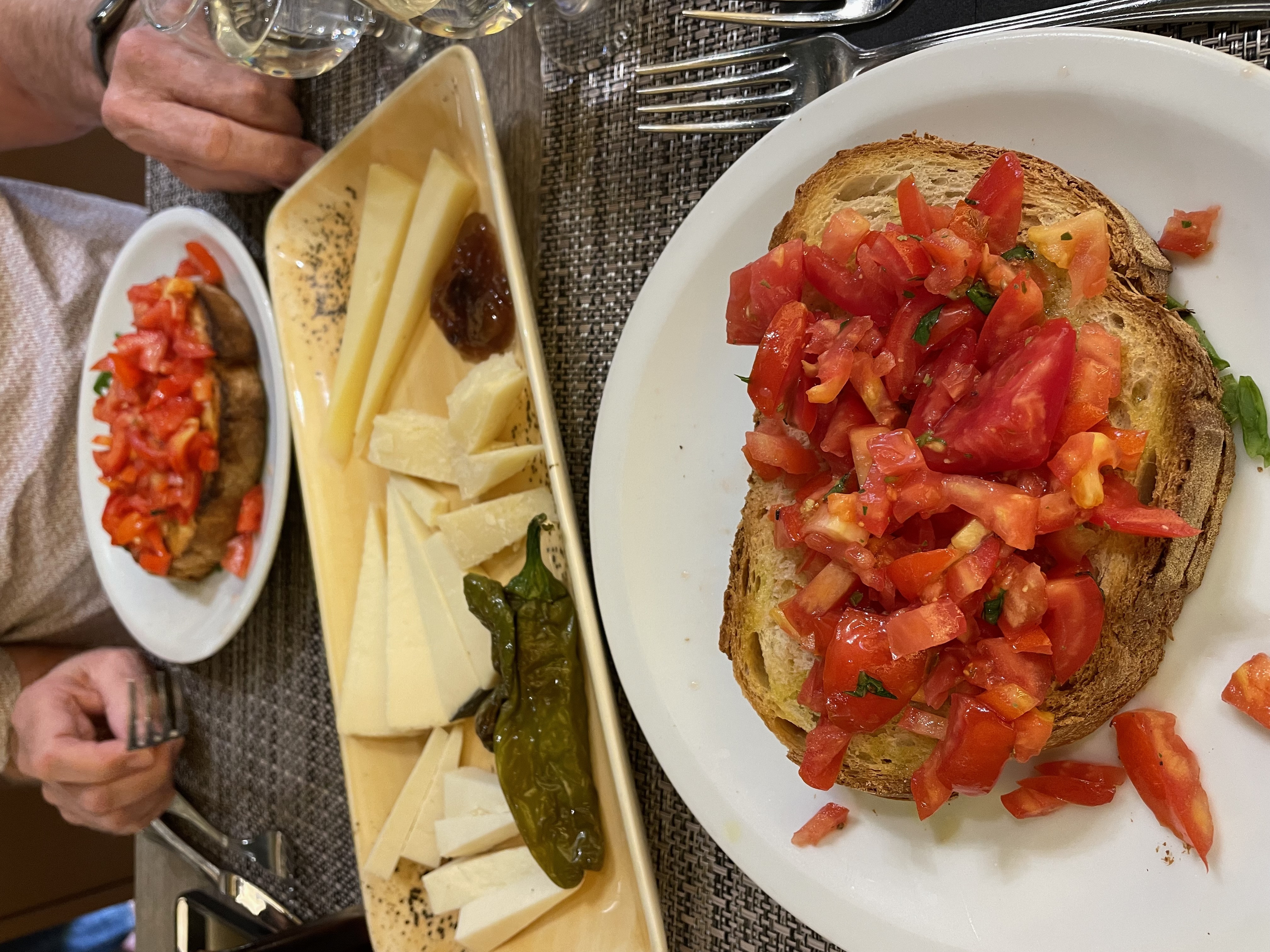
Avoiding Tourist Traps
To fully embrace traveling in Italy, it is essential to avoid falling into the traps of over tourism and commercialized attractions. Seek out lesser-known destinations and hidden gems that have not yet been overrun by crowds.
When planning your itinerary, consider visiting smaller towns and villages that offer a more authentic experience. Explore the countryside, hike through picturesque landscapes, and discover the local traditions that have shaped Italy’s history and identity.
By avoiding tourist traps, you’ll have the opportunity to interact with locals, enjoy more intimate experiences, and witness the true beauty of Italy without the distractions and crowds. The local sidewalk cafes are the best!
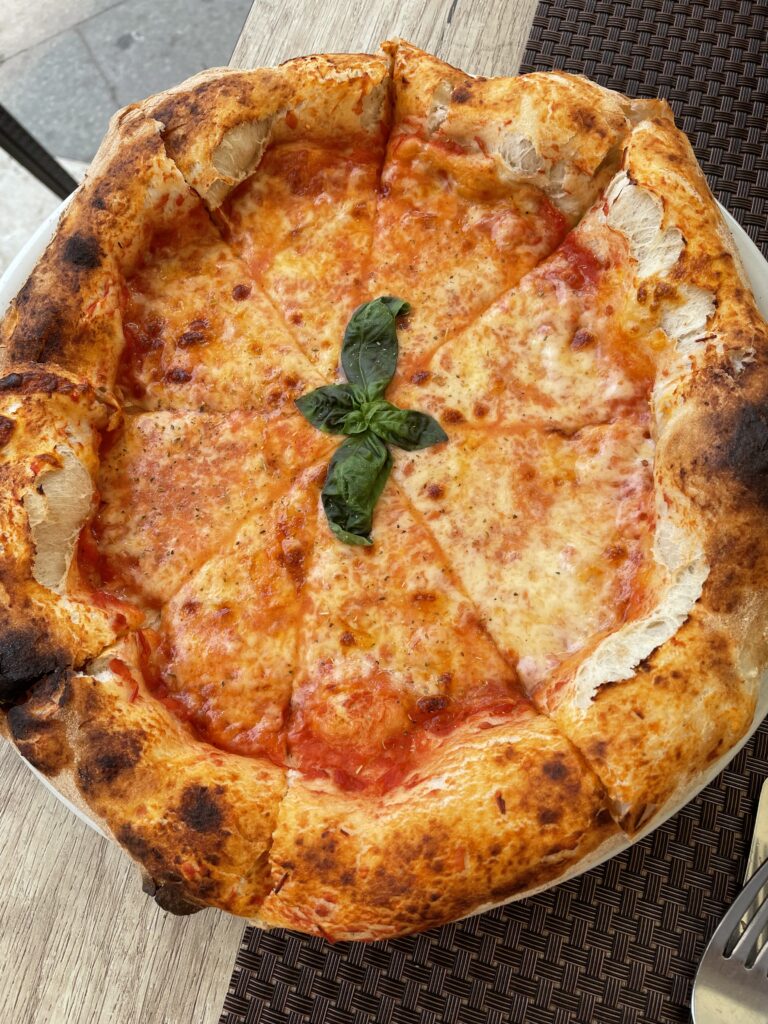
Capturing Memories without Clutter
Traveling to Italy can be an exhilarating experience, filled with captivating sights and unforgettable moments. As a minimalist, it’s essential to find ways to capture these precious memories without creating unnecessary clutter. Here are some practical tips on how to document your trip, organize your digital files, and select meaningful souvenirs for your loved ones.
Using Your Phone as a Camera

One of the most convenient and space-saving ways to capture memories while traveling is by using your smartphone as a camera. The advancements in the iphone camera technology have made it possible to take stunning photos on the go. Here are a few tips to make the most of your phone as a camera:
- Optimize your camera settings: Explore the different settings on your phone’s camera app, such as HDR, night mode, or portrait mode, to enhance the quality of your photos.
- Experiment with composition: Use the rule of thirds or leading lines to compose visually appealing shots. Play around with different angles and perspectives to add depth to your photos.
- Take advantage of editing apps: There are numerous mobile apps available that allow you to edit and enhance your photos directly on your phone. From adjusting brightness and contrast to applying filters, these editing apps can help you create stunning images.

Digital Organization and Storage
With a minimalist mindset, it’s important to keep your digital files organized and clutter-free. Here are some tips to help you stay organized while preserving your travel memories:
- Create folders and subfolders: Organize your photos by location, date, or theme. Create folders on your computer or cloud storage platform and categorize your photos accordingly. This way, you can easily locate specific memories whenever you want to reminisce about your trip.
- Backup your files: It’s crucial to back up your digital files to ensure their safety. Consider using cloud storage services like Google Drive or Dropbox to store your photos securely. Additionally, make sure to create backups on an external hard drive or another storage device to have an extra layer of protection.
- Delete unwanted photos: Be selective when saving your photos. Instead of keeping every single shot, review them afterwards and delete any duplicates, blurry images, or shots that didn’t turn out as expected. This way, you can save storage space and have a more streamlined collection of high-quality photos.
Selecting Meaningful Souvenirs for Loved Ones
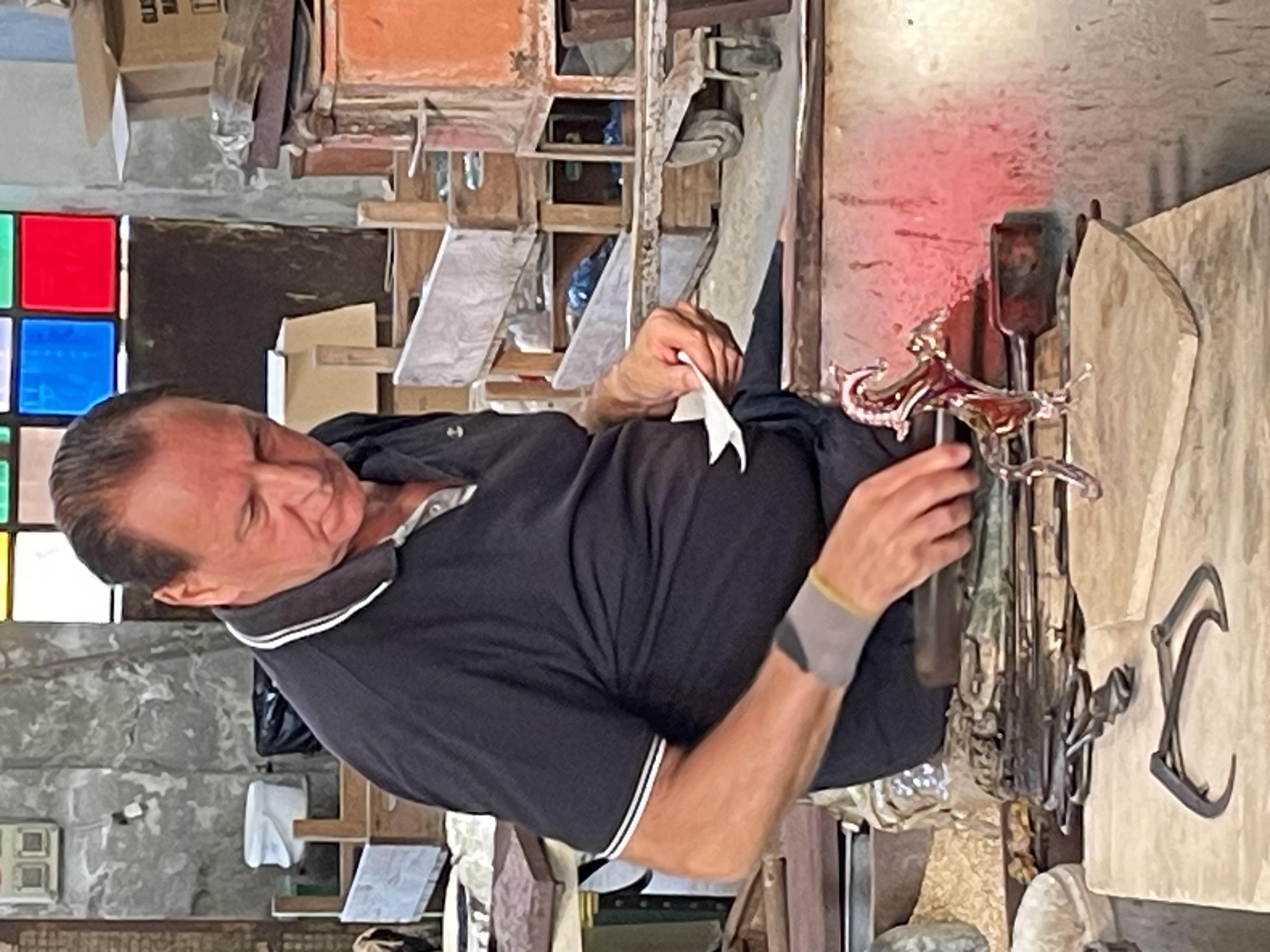
When it comes to souvenirs, it’s important to choose items that have sentimental value rather than adding to clutter. I found several special items at the Murano Glass Factory! Here are some ideas for selecting meaningful souvenirs for your loved ones:
- Consider their interests: Think about the hobbies, interests, or passions of the person you’re buying a souvenir for. Are they into art, food, or fashion? Finding a souvenir that aligns with their interests will make it more meaningful.
- Focus on quality over quantity: Instead of buying numerous small trinkets, opt for a single high-quality souvenir that will be cherished and appreciated. It could be a piece of local craftsmanship, a unique artwork, or a special local delicacy.
- Personalize the gift: Add a personal touch to the souvenir by writing a heartfelt note or including a photo of you together. This will make it more special and remind them of the memories you shared during your trip.

Planning a minimalist trip to Italy is not only feasible but also incredibly rewarding. By carefully selecting essential items to pack and embracing a simpler lifestyle while traveling, you can fully immerse yourself in the beauty of this captivating country. From exploring the historic streets of Rome to savoring authentic Italian cuisine in Florence and basking in the serenity of Venice, every moment becomes more meaningful when you travel with intention.
Also, keep this in mind because it is so different from here the US and it can save quite a bit of money for you. Tipping is not expected in Italy, but it is much appreciated. Servers and hospitality staff are paid adequately, without the need for tips. Tips do not make up the staff’s wages in Italy like they are here in the US, they are bonuses on top of this. So if you make a nice connection with a particular server, or receive outstanding service, feel free to give them a small tip. Just remember that over-tipping might be seen as unusual or unnecessary.
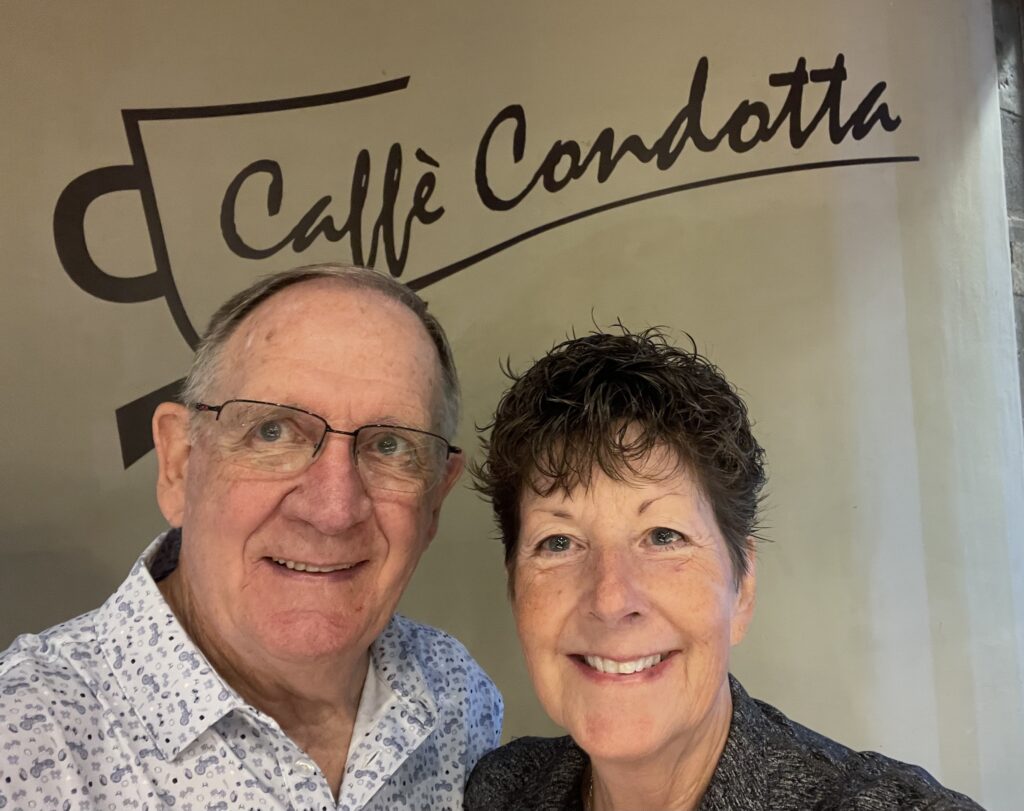
Remember, the key to a successful minimalist trip is to prioritize experiences over material possessions. By living in the present and focusing on what matters most, you can create lasting memories that will stay with you long after your trip has ended. So, start decluttering your suitcase and embrace the freedom of minimalism on your next adventure to Italy. Buon viaggio!


